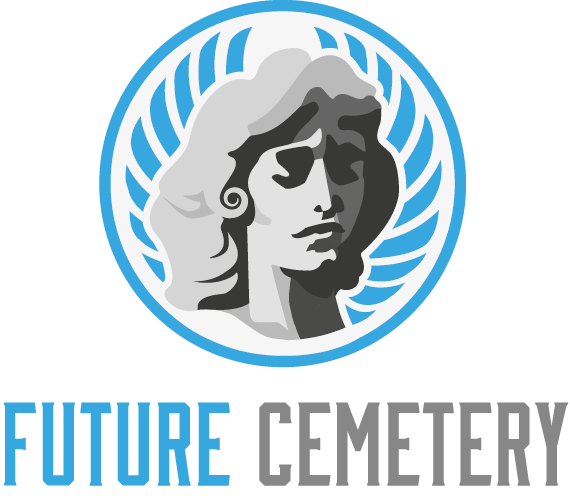Many people do not understand the difference between a morgue and a funeral home. Some think that mortuaries are more bare-bones operations, while funeral homes offer more services like visitations and funeral masses.
However, the truth is that both provide similar services. The main distinction is that a funeral home also offers full-scale memorialization services.
What is a Mortuary?
A mortuary is a facility that cares for the deceased and prepares them for either burial or cremation. It is sometimes confused with a funeral home, but the two have different functions. Mortuaries usually offer more specialized services, such as embalming and onsite cremation. They also tend to be more bare-bones operations with less space than a full-service funeral home.
Funeral homes often provide a wide range of end-of-life services and work closely with families. They may have chapels, viewing rooms, staterooms, and other spaces to host events and services. They may also have a wide selection of caskets and urns to choose from.
Funeral directors take charge of nearly every aspect involved in preparing a body for burial or cremation, including transporting the body, coordinating the death certificate and obituary, and providing grief counseling. They may also assist with memorial preparation.
A Mortuary is a facility where bodies are prepared for burial or cremation.
The body is washed and sprayed with fluids that keep the body from decomposition before being put into a casket. This is done to reduce the risk of infectious diseases such as typhoid fever or malaria that could spread to those who handle the remains. It is also a way to protect funeral directors who may come into contact with the bodies.
If a funeral service is planned the funeral director will coordinate arrangements with the clergy and cemetery. They will also prepare the body for viewing if requested. This usually involves embalming if the family chooses a public viewing. Other preparations include removing jewelry, pacemakers and prosthetic devices to prevent a fire hazard or explosion during the cremation process.
If cremation is chosen the body will be placed into an urn or a temporary container for the family to retrieve later. The urn is marked with identification and a stainless steel disc is added. It is then placed in the cremation chamber to be reduced to a fine ash that can be scattered or kept in an urn for display or kept in a columbarium.
A Mortuary is a place where bodies are stored before burial or cremation.
Generally, a mortuary is the area within a hospital or other medical institution where bodies are kept for hygienic purposes before they are either retrieved by funeral homes or are autopsied by coroners. The facility is usually a large refrigerated space where the corpses are stored until arrangements can be made for burial or cremation.
Often, the body is embalmed in the mortuary. During the process, the corpse is moved into a position that relieves rigor mortis (the stiffening of muscle tissue due to a chemical change in the blood) by flexing, bending, and massaging the arms and legs. This helps the body keep its shape and allows for proper inspection of the inside of the throat and mouth, which is essential to determining cause of death.
A mortuary may be located at a funeral home, but the two serve slightly different functions. Funeral homes offer a more comfortable environment and provide a full range of services for survivors, while mortuaries are more streamlined and focused on the mortuary sciences.
A Mortuary is a place where bodies are prepared for burial or cremation.
Many people assume that a mortuary and crematorium are the same thing, but that is not necessarily true. While some crematoriums, like Green Cremation Texas, are also funeral homes, most are purely a cremation service and offer no memorial options at all. This makes them different from a mortuary which is primarily focused on the preparation of the deceased and may offer limited viewing options, reserved only for immediate family members.
Mortuary services include embalming, preparing and sheltering the body until time for final disposition (whether burial or cremation), and filing the death certificate. Funeral homes are also responsible for arranging visitations, funerals and remembrance ceremonies, and have more direct interaction with customers than a mortuary does. The body is usually transported to the mortuary from the place of death by a licensed driver, with the assistance of the funeral home staff. This can be an empathetic and dignified experience for grieving families. The driver is trained to respect the dignity of the deceased and be sensitive to their needs.
